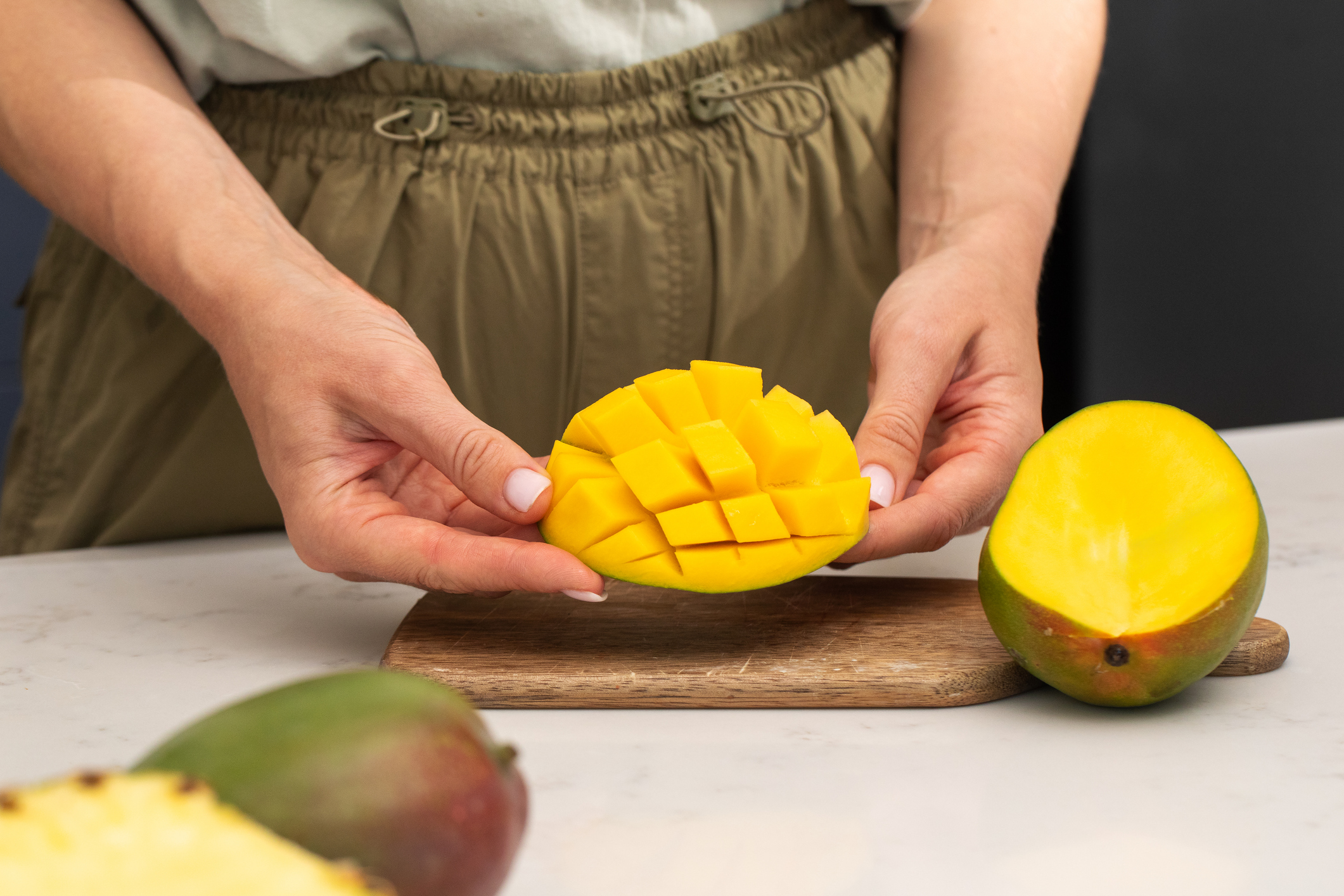The Mango Experience
Eating a mango is a magical experience for many. Biting into the juicy fruit is regarded by many as a happy memory that lives on and inspires unique and popular dishes. For mangos, fortunately, these experiences occur around the world and bond many cultures and cuisines.
Consequently, mangos have become a part of lifestyle and everyday culture in dozens of countries spanning the entire globe. From India to Australia, to Hawaii to Brazil, mangos are a prevalent fruit enjoyed by millions. Uniquely, though the fruit bonds cultures in its varying uses, it also highlights the different cultures in its versatility. While the act of biting into the juicy fruit is loved throughout different cultures, the experience changes with each place and location mangos are enjoyed. Here are some of most iconic ways mangos are enjoyed:
Street Food
In many countries, mangos are a common sight on the streets. In Colombia, Mango Biche is served in the streets of Medellin and Bogota. This tasty treat is served in a cup with lime and salt. In Mexico City mangos are also served in cups with chile, lime or chamoy. Mango flowers can also be found in Mexico City – for this practice, street vendors carve the fresh fruit from a stick, resembling a flower. As street food gains popularity in the U.S., mango street vendors can also be found in populated cities like New York.
Local Markets
While mango street vendors can also be found throughout many Asian countries, India’s mango markets are perhaps their most impressive feature. Thousands of outdoor markets take place throughout India, all with a common good – mangos. Baskets fill the streets and common areas, stuffed with dozens of varieties. In India, mangos are an easy commodity the entire community has access to. Whether you want green mangos, ripe mangos, large mangos, or small mangos, is up to you.
From the Backyard
Most mango native countries all have one thing in common: mangos are the backyard fruit. Anyone who grew up with mangos likely has memories of picking the delicious fruit from a backyard tree and enjoying it over the sink as the juices and flesh cover their hands and arms. In the Philippines, nearly half the mango supply comes from backyard growers, those owning 5-20 trees. Similarly, in Hawaii, mangos are commonly grown as a dooryard tree in most areas – a practice of growing home gardens.
Prepared and Served
Even though an innate love exists between mango natives and their fresh tropical fruit, many cultures have created recipes that live on their culinary palates and are an easy find in most restaurants. In India, mango lassi is commonly found in most stores and restaurants. The creamy refreshing drink is loved by many if not all. In Thailand, Mango Rice Pudding is a staple recipe cooked at home or at restaurants. Not far from Thailand, Australians include mangos in their classic recipe – pavlovas, a meringue like dessert made with fruit.
Across the globe, restaurants are an increasing way for people to experience new foods in the U.S. The ever-expanding list of culinary influences on a menu have increased mango visibility for thousands of non-natives. Whether it be in a salsa, cocktail or dessert, mangos can commonly be found on a menu.
If you’re craving the mango experience, keep a look out the next time you eat out, or head over to our recipe page to fix that craving today!

